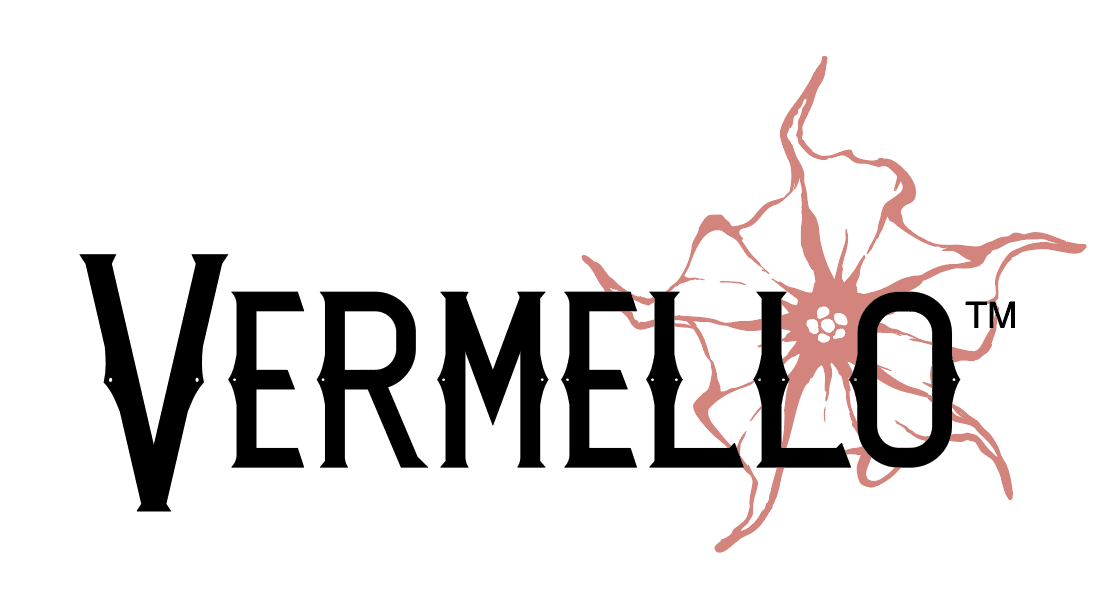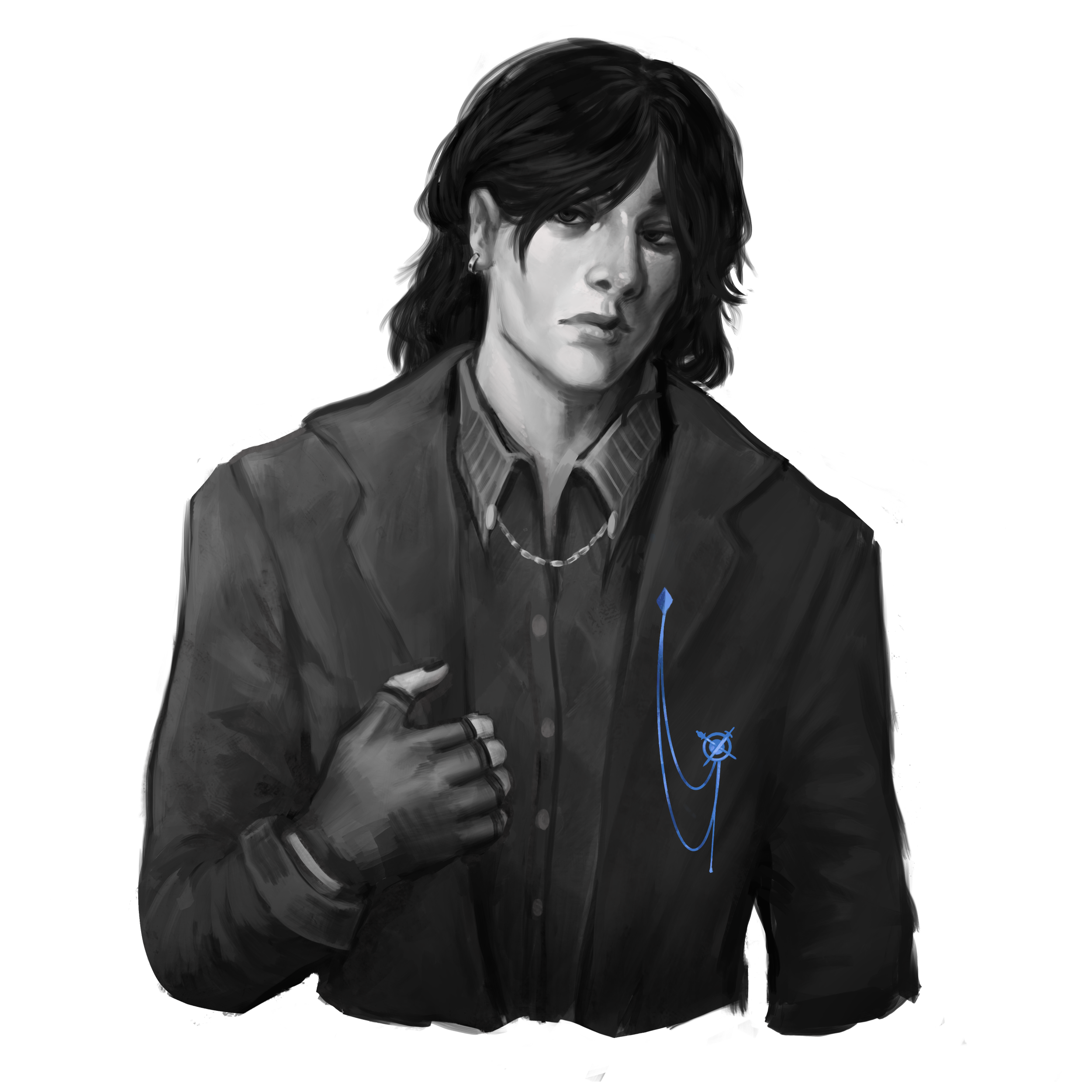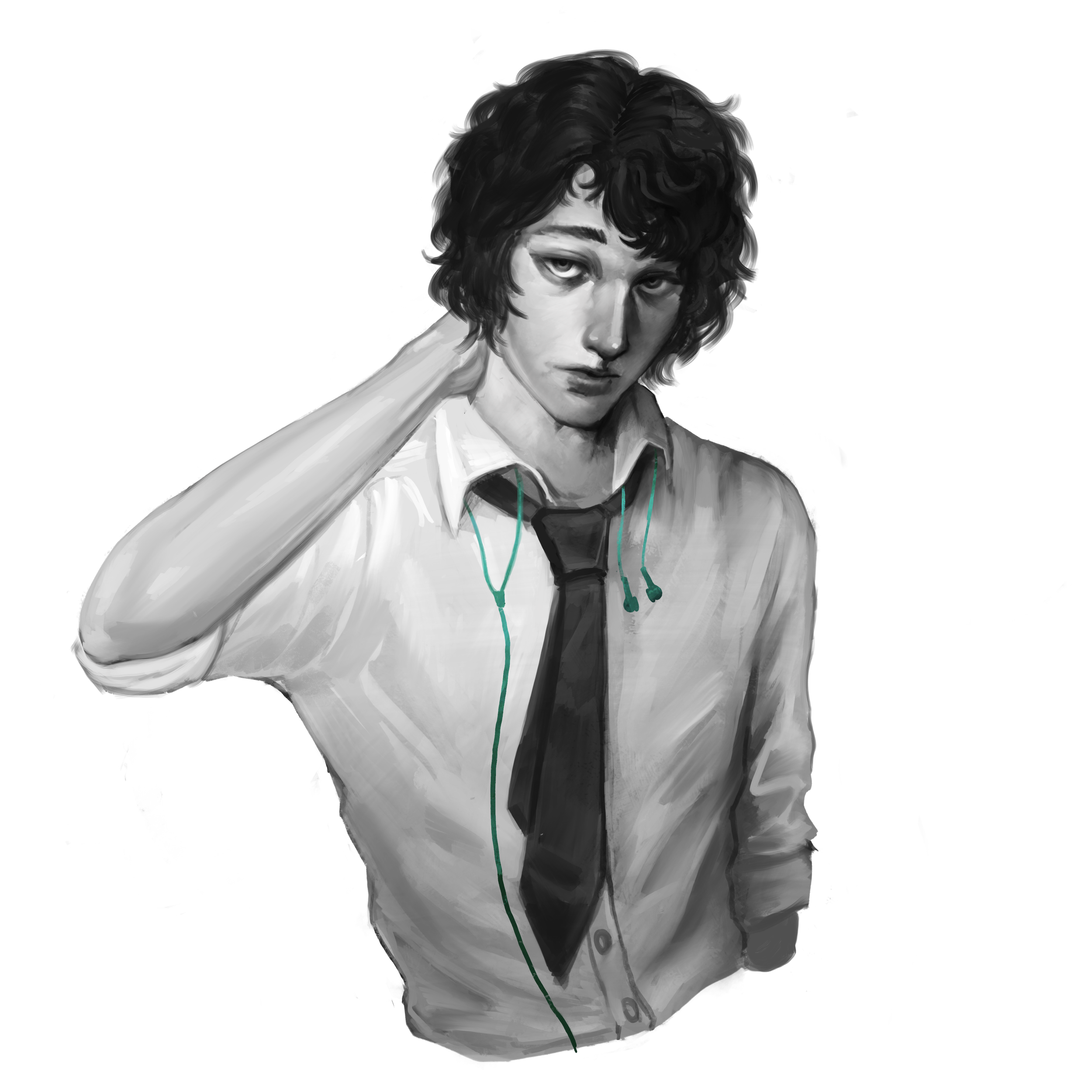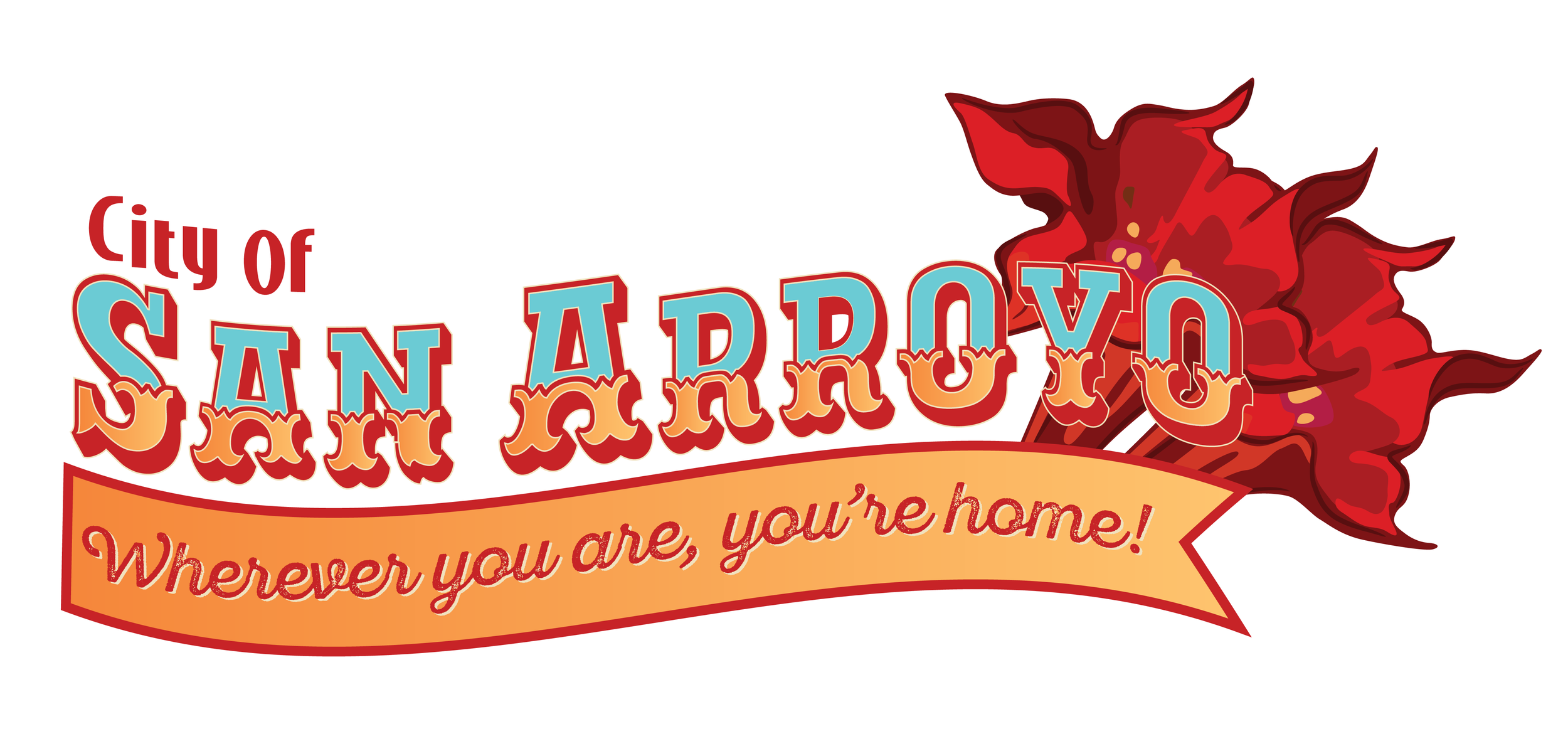
Welcome to San Arroyo, Kindred
San Arroyo, California is a fictional city roughly equidistant from the cities of Los Angeles and Las Vegas respectively, hemmed in on all sides by mountains and desert, serving as a major artery of highway travel. It's dusty, derelict, and generally gives off the sense of being built for far more people than currently inhabit it - and it was at one point. The real tragedy isn’t that San Arroyo is in the middle of nowhere, it’s that not that long ago, it used to be somewhere. But those days are long past…
The city sits within the boundaries of the arid Mojave Sector, built in-and-around an intersection of two major interstate routes. People often pass through either while going north to Las Vegas or south to Los Angeles, as on the freeway it's about a 2-3 hour drive from San Arroyo to either. To the immediate southeast lies the Tehachapi Pass and from there the gateway to the California Central Valley. Needless to say, it's a little disheartening when people are in more of a hurry to get to Fresno or Bakersfield than they are to stay in San Arroyo.
Places to Visit
-
The term “Downtown” might evoke a much stronger image than what actually exists there. Especially given that most of this neighborhood was built at a time when local ordinances forbade the construction of anything over 150ft tall (so roughly 14 to 15 stories). Still, it constitutes the main nexus through which all traffic and commerce (such as it is) flows through the Sixgun City.
Magdalene Tower - The tallest building in San Arroyo, measuring out at around 17 stories due to the massive radio mast that gives it its distinctive silhouette. The broadcast station of the popular radio show Seven Minutes to Midnight is located on the top two floors.
The J. Connelly Historical Society - A museum devoted to preserving artifacts and histories of the original 49er-era miners and pioneers that founded the city, almost entirely funded by a historical society of the same name. If you grew up here, you probably went there at least once on a field trip in Middle or High School.
The San Arroyo Switchyard (“The Yard”) - Originally constructed as an ancillary rail yard to the Southern Pacific Station during a proposed extension of San Arroyo’s train lines. When the commercialization of the automobile dashed those hopes, for a while it remained something of a public eyesore, especially when the Great Depression saw it become an infamous “hooverville”. However, in the 1950s local real estate magnate Frederick Worth saw it rebuilt and refurbished into a unique open-air mall: nearly 700,000 square feet of family-friendly retail. Of course, as with many malls in the modern day, it’s slowly but surely been sliding into decline and foreclosure…
-
Taking up most of the area directly north along Interstate 14, the Hollywood Entertainment District is a crumbling testament to the city’s glory days. Ironically enough, its dilapidated state has transformed it over the years into the city’s unofficial red light district, even as the city council continues to try and make lemonade out of the dismal situation.
Palmdale Luxury Resort & Hotel - Built during San Arroyo’s “Golden Age of Tourism”, deliberately aping the architectural styles of famous LA hotels such as the Hollywood Roosevelt and the Chateau Mormont. After being foreclosed in the late 80s, it was later bought out by local real estate group Magyar Realty and reopened, though the term “luxury” is becoming more and more facetious.
The Roll of Honor (“The Roll”) - The platonic definition of a dive bar. Originally the chapter clubhouse of the Grim Bastards, it’s still heavily patronized by bikers but no longer quite as “exclusive” to their ranks as it once was.
Alvarado Industrial Laundromat - Originally catered to the bulk-laundering needs of the many hospitality-related businesses in Little Hollywood. Has been condemned since the 80s, owing to major chemical spillage making it too much of a financial and bureaucratic hassle to demolish.
Three Flags Truckstop - Named after one of the many nicknames of the historic Route 395 (which connects Canada, the US, and Mexico). One of the largest and busiest truckstops in Yorkshire County.
-
The oldest part of San Arroyo, though if you’re not from there then you probably would assume it's just a small outreach of Downtown with a public square. These days, the only real testament to the city’s boomtown origins are a few dusty bronze placards that pop up every now and again, providing the odd historical tidbit.
Provence - An unlikely hidden gem in the form of a 2-Starred Michelin restaurant, built upon the foundations of the original Provence Saloon - the first “fine dining” establishment founded by a Marseillais chef in the late 19th Century. Specializes in mainly French/American haute cuisine - something that a lot of locals really can’t afford.
St. Francis Garcés Catholic Church - The oldest building in the city, having remarkably weathered centuries with most of the original Spanish-Adobe architecture still intact. Is a registered Historic Landmark, as well as the seat of Yorkshire County’s Catholic diocese.
-
Strieber University - despite being a fairly decent if chronically underfunded institution - is more known for sports than education. The Pronghorns are a big point of local pride, and games at Fitzsimmons Stadium are regularly patronized.
Mustermann Sculpture Park - Originally a scrap landfill, it was eventually cleared and rezoned into a public park in the late 60s, after mounting pressure caused by multiple environmental protests by Strieber University students. A local artist by the pseudonym “Max Mustermann” even went so far as to contribute several abstract metal sculptures using materials from the former landfill, which decorate the park’s landscape to this day. Over the decades many similar sculptures and works of public art have been added, contributing to its unique appeal. Often frequented by Streiber U students due to the campus directly abutting the park.
Mira Loma Regional Airport - Was a WW2-era aviation testing ground, later sold to the city and converted into a small regional airport. It barely gets any traffic these days, save for the occasional stopover.
-
Located on a low rise overlooking San Arroyo’s central districts and with its back directly to the Tehachapi Mountains, Feldspar Hills is what could charitably be described as the city’s most well-to-do neighborhood. During its original boomtown period a lot of wealthy landowners set up personal residences in the wake of the Great Flood, owing to it being a natural point of high ground. Locals sometimes call it “San Quixote”, both due to its proximity to the Tehachapi Pass Wind Farm and the strange, insular nature of San Arroyo’s precious few “old money” families.
San Arroyo may not look like it, but it's old enough to have “old money”. Locals refer to these dusty Feldspar Hill dynasties as the “Three Cs”: the Castillo, Connelly, and Crawford families. The Castillos are definitely the oldest of the bunch, supposedly descendants of the original Spanish rancheros who owned the land upon which St. Francis Garcés was originally built. The Connellys are Scots-Irish industrialists responsible for many of the “modernizations” that put San Arroyo on the map in the first place, though their numbers have significantly dwindled in the last two decades. Finally, there are Crawfords, the children and grandchildren of Golden Age actor Josiah Crawford, who retired here in the post WW2-era and for a time was considered a major patron of the arts.
Vermello
Vermello
Chicagoland has Malort, and San Arroyo has Vermello - a type of local liquor made partially from extracts taken from the native datura rubedo nightshade. The liquor to this day is characterized by a distinct reddish hue and an intense taste like burnt sugar and battery acid. Vermello’s time in the cultural spotlight faded around the same time the Sixgun City’s did, reducing it to a very niche beverage rarely seen outside of Yorkshire County. There’s only one distillery in the entire US that still produces the stuff, also located within the county limits, and even native T-Towners consider it an acquired taste at best.
Meet The Neighbors
The Coterie
-
Ashleigh "Crowe" Walker
Pronouns: She/Her
Clan: Gangrel
Age: 20
Crowe was raised in the suburbs of Poway, CA. Her post-high school "gap year" resulted in her moving to San Arroyo with her childhood best friend.
-
Ash Crawford
Pronouns: They/Any
Clan: Ventrue
Age: 24
Crawford is a big name in San Arroyo, one of the premier families of the desert, but Ash is always the rebel. A troublemaker with a mile-long juvenille record, a polisci degree from Berkeley, and the meanest left hook you'll see, Ash has returned to their hometown for a gap year after burning out on political internship opportunities. Unfortunately, the city they love doesn't really love them back.
-
Jeremy Reid
Pronouns: He/Him
Clan: Malkavian
Age: 24
Jeremy Reid is a child star and former prodigy singer in the pop music charts starting from the age of 12. With parents more interested in him earning his money than in his well being he was kept on a brutal performance and writing schedule for almost six years. To cope with the stress and isolation he increasingly acted out. Finally turning to alcohol abuse and eventually stopped touring when he hit eighteen and drifted from rehab center to rehab center before checking himself out and breaking all contact with his family and manager. Currently no one knows where he is, and he only performs for cash so the money doesn't make it's way to his parents and manager.
-
Aster Nolan
Pronouns: She/Her
Clan: Thinblood
Age: 28
"Aster the Disaster", a moniker her sister had hung on her head since she was little. But disaster or not, Aster marched along to her own drum, unafraid of being the black sheep of her comfortable suburban family. She met her future husband while on a research project in the dusty town of San Arroyo, and though they would stay together only a few short years, Aster would one day return to San arroyo grasping at the weathered threads of her old life.
-
Raleigh Asher
Pronouns: She/Her
Clan: Toreador
Age: 27
Raleigh was always born to be a movie star, coming from a long line of people working in the industry she got involved at a very young age. That is where the problems started, her teenage years were full of getting in trouble and drug use. Though she did the impossible and pulled through to the other side. Now she's known for playing Queen Babylon in Bill Z Bubb and Freya in Storm Saga. Her next project promises to be the most dangerous as she comes to San Arroyo to film Gaspunk Samurai.
-
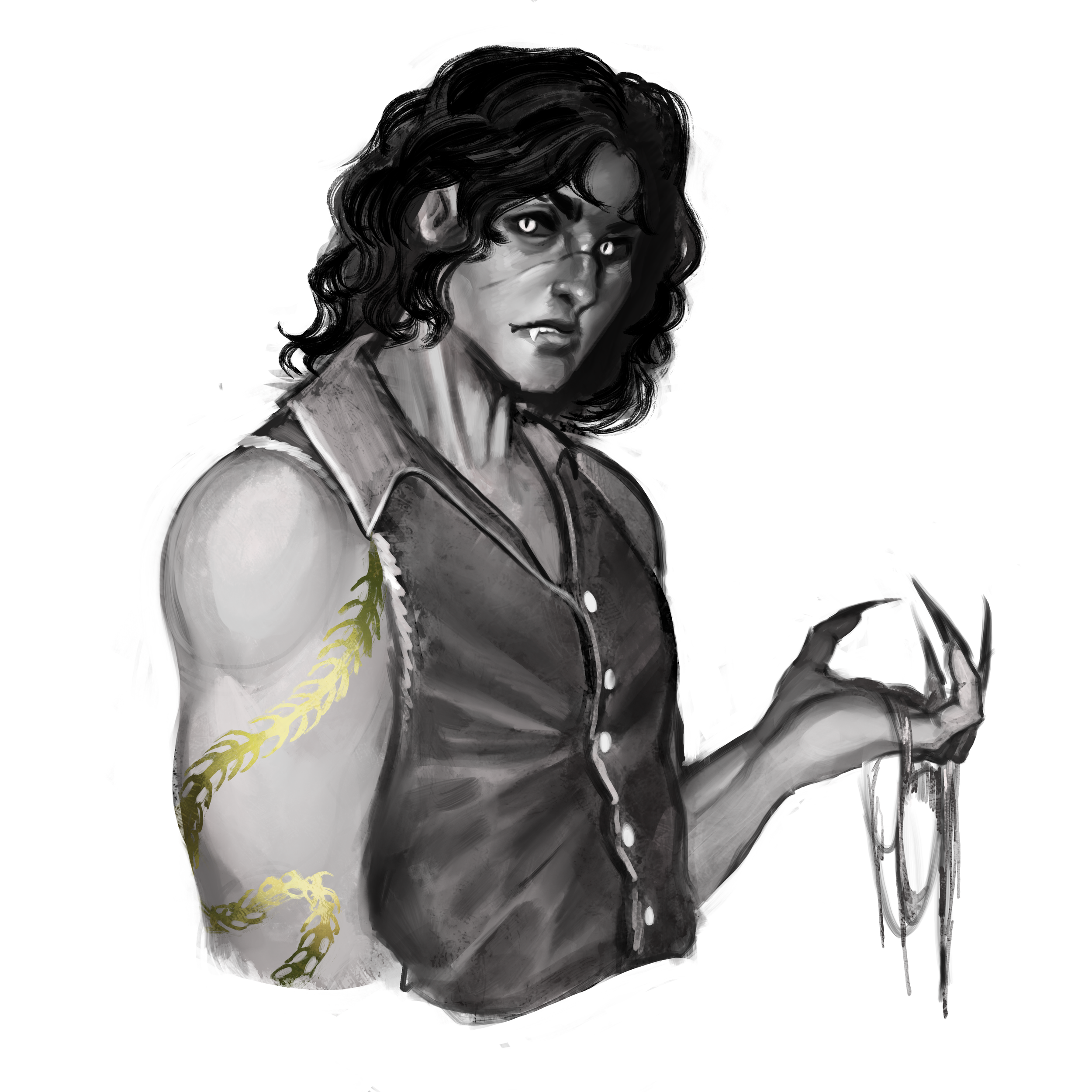
Sebastián, aka Sidewinder
Pronouns: He/Him
Clan: Gangrel
Also called "Sidewinder" by local licks due to the prominent serpentine tattoo on his right arm, Sebastián is just one more scruffy Gangrel Autark to most other Kindred, too wild to respect any of the sects' domain boundaries but too wily to ever be held accountable for his flagrant poaching.
-

Mary Gilen
Pronouns: She/Her
Clan: Ventrue
Her nickname of "Hail Mary" comes from Ms. Gilen's former career as a hotshot Criminal Defense lawyer in Los Angeles - in other words, she was the one you called when you needed an out with no questions asked. Mary probably would have had a long and fruitful career in the City of Angels if a string of prestation debts hadn't seen her headhunted and Embraced by the Ventrue. San Arroyo, after all, has one of the worst crime rates in Southern California. The Camarilla already controls the local prison-industrial complex, and Mary now stands as the ultimately arbiter of which mortals are useful to the sect, and which are going away for a very long time. Officially, Mary is the founder and senior partner of the law firm of Gilen & Associates in Downtown San Arroyo. You probably can't afford her.

